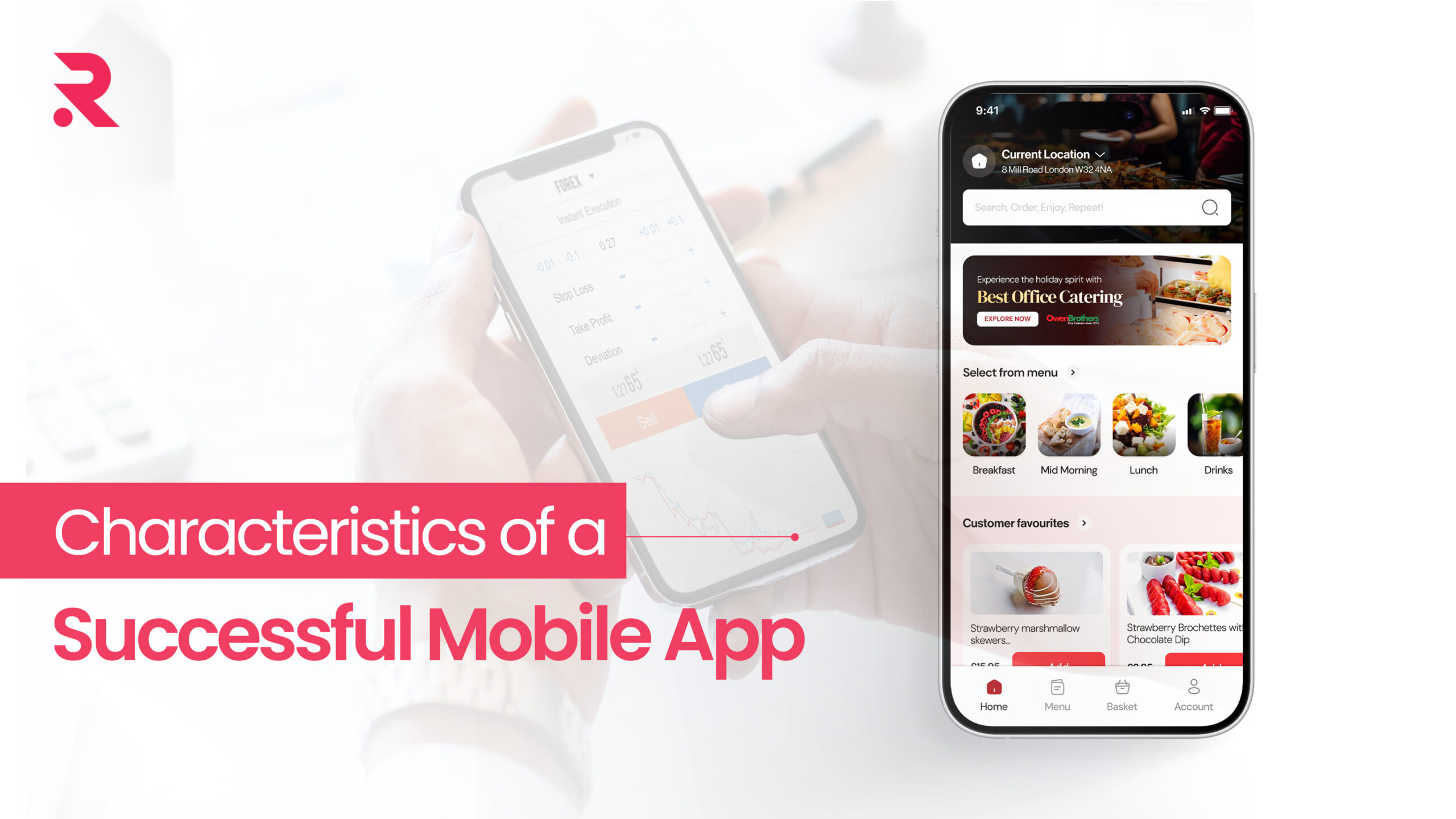Top Software Development Trends Businesses Should Watch in 2025
The process of modern software development is undergoing vast changes in 2025. In order for businesses to remain competitive and secure, they must stay up to date on trends. This article discusses the top software development trends that are impacting the industry this current year.
- May 27, 2025
- by Tarun
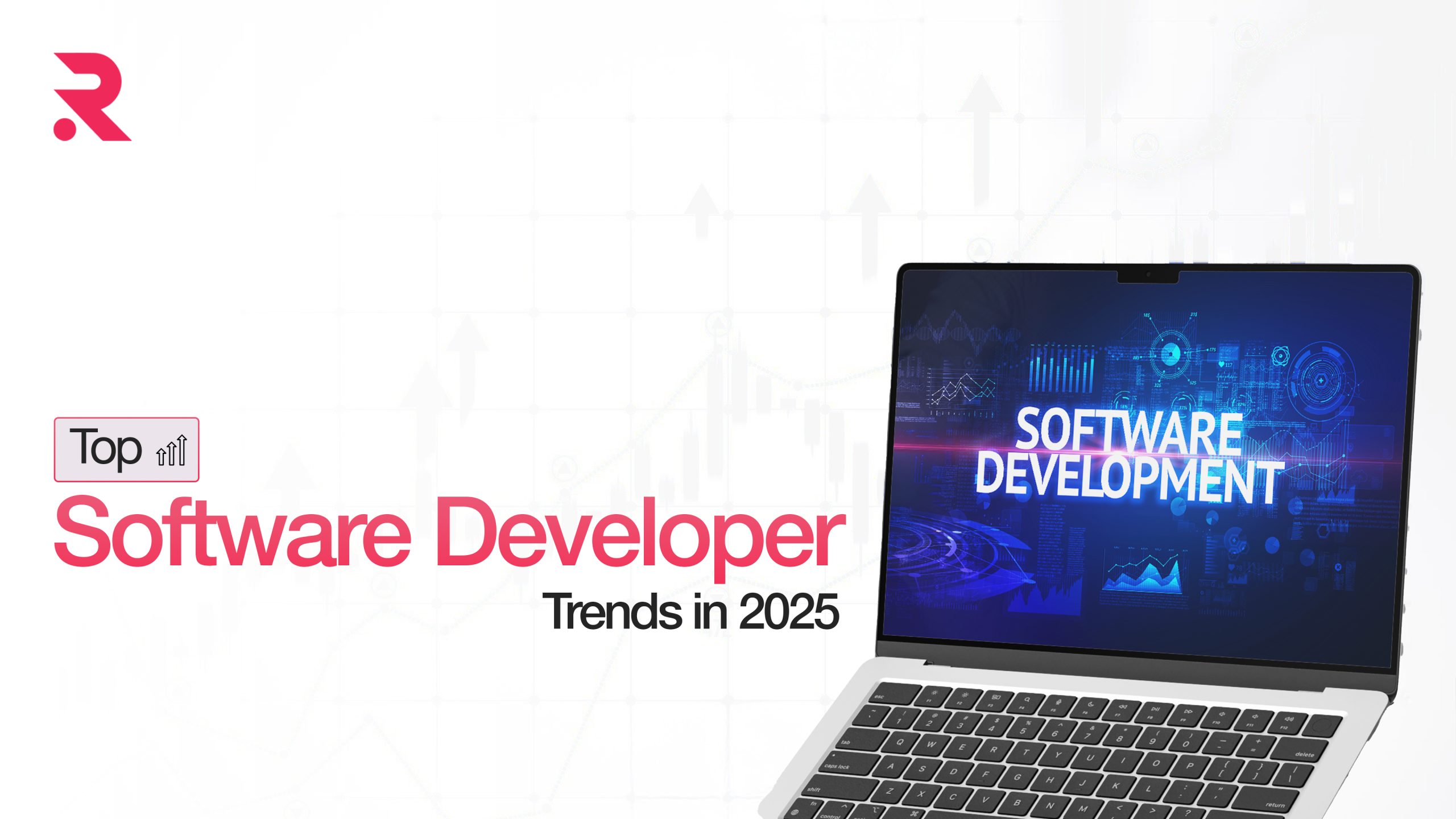

Artificial Intelligence and Machine Learning Integration
Artificial Intelligence (AI) and Machine Learning (ML) are still revolutionizing the world of software development in the year 2025. From automating code generation to analyzing predictive analytics, these technologies do assist in ameliorating productivity and innovation. With an increasing number of software firms intending to attain quality in their software via AI-based tools toward the development process, it would rather serve as a boost.
For instance, OpenAI’s new Codex and GitHub Copilot suggest code snippets to developers and also help them locate possible bugs. Thanks to this integration, a shorter development cycle and a more reliable product can be finished. In addition, AI is being used for other applications such as NLP, computer vision, and autonomous systems, which significantly widens its realm of application in software.
Cloud-Native Development and Microservices
In 2025, cloud-native development, which involves microservices and containerization, is still the mainstream trend. This allows developers to create applications that are easily maintained and updated-so scalable and resilient.
Microservice architectures can enjoy better flexibility within a company and greater agility to respond to change. Continuous integration and delivery could be possible with microservices: becoming able to rapidly deploy new features and improvements, particularly through the use of containerization platforms, such as Docker and Kubernetes, which provide uniform environments in development, testing, and production and simpler deployment problems.
Edge Computing for Real-Time Processing
With the rise of edge computing, processing data close to its origin helps in lessening delays and bandwidth usage. This is significantly useful for applications requiring near real time data analysis such as IoT applications, autonomous vehicles, and industrial automation.
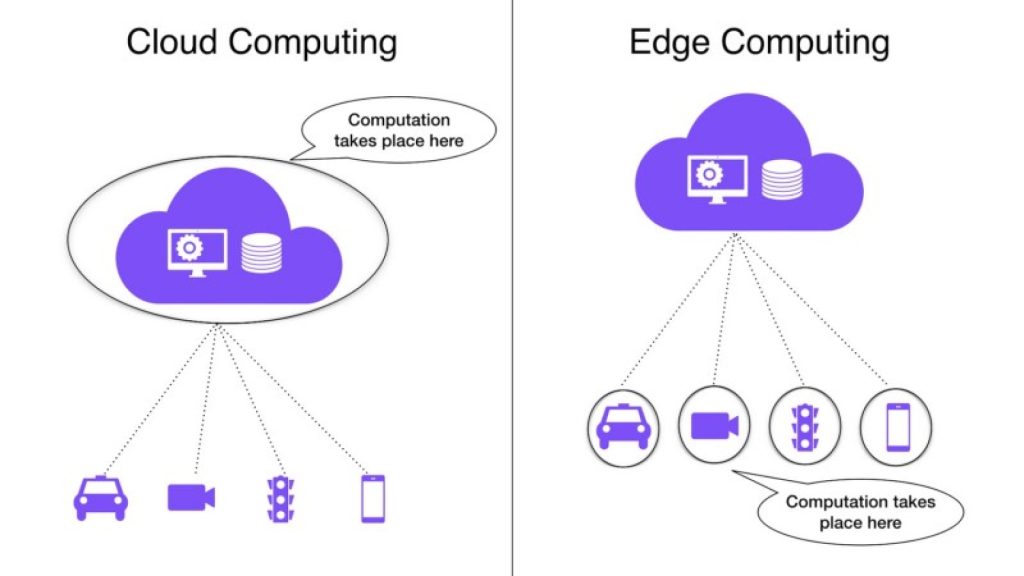
Some of the responses that organizations benefit from by processing data at the same edge are clearly reduced and maximize performance. Data privacy and security, thus, increased with decentralized processing since sensitive data will no longer be sent to centralized servers for processing. Edge computing will define the future of software development as the number of connected devices continues to increase.
Cybersecurity by Design
Now more than ever, integrating security into the software development lifecycle is important due to the increasing number and sophistication of cyberattacks. Security by design is a principle that stresses integrating security into the development process from the very start rather than tackling it on as an afterthought.
On a proactive basis, this integrates regular security assessments with secure coding techniques as well as tools that can automatically detect vulnerabilities. When frameworks such as DevSecOps are used, security becomes a continuous concern throughout the development pipeline. By making security a priority, organizations can ensure that sensitive information remains protected and that user trust in their applications is intact.
Low-Code and No-Code Platform
A democratization of modern software development is being witnessed with the advent of low-code and no-code platforms that allows individuals, mostly novices in coding, to create applications. The platforms provide a visual interface alongside numerous existing building blocks for rapid application designing and deployment.
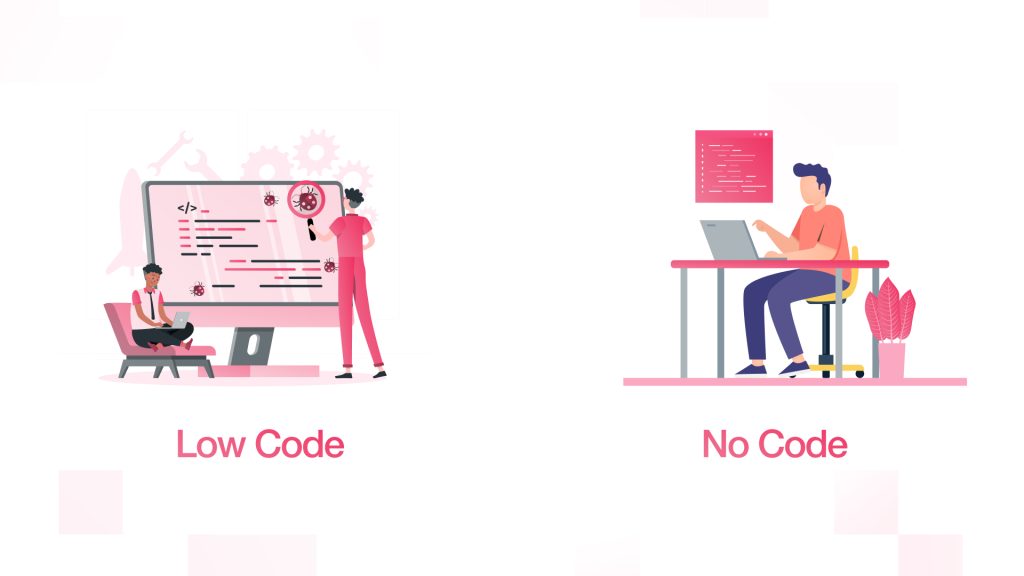
In 2025, many industries have been adopting low-code and no-code platforms. Therefore, businesses use these programs to attach digital transformation aspirations, reduce software development costs, and engage staff who do not have technical backgrounds in building applications. Nonetheless, consistent use along with traditional development practices would be essential for ensuring such applications were scalable, secure, and still maintainable.
Need Stunning Software Development Services?
We Can Help!
Quantum Computing Exploration
Quantum computing is still in its early stage, but it is a paradigm shift in altering how software is developed, as it can solve problems that have been beyond the reach of classical computers. In 2025, the race for research and experiment in quantum algorithms is at its peak, especially when it comes to solving problems in diverse application areas such as cryptography, optimization, and material science.
Theoretical large-scale implementations of quantum computers are not yet ready for practical purposes, but organizations are still investing in future technologies through quantum research. The resultant collaboration between tech firms and academia for innovation in quantum software development will marvelously unlock newfound potential in computing and problem-solving capabilities.
Blockchain Beyond Cryptocurrency
Blockchain technology is now moving beyond cryptocurrencies to supply chain management, healthcare, and digital ID verification. In 2025, companies are considering using blockchain technology to improve transparency, security, and efficiency in various processes.
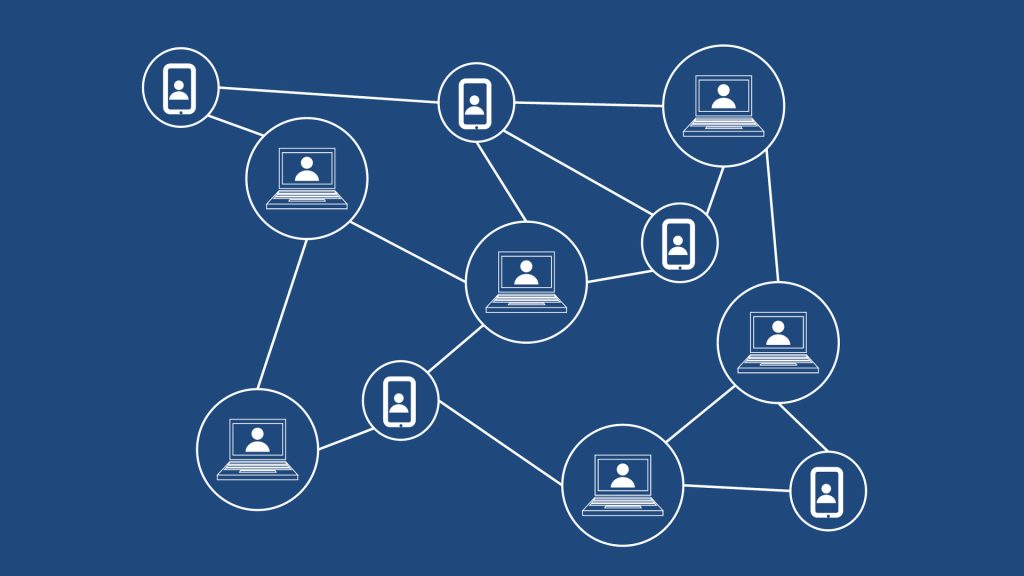
Smart contracts are becoming a popular mechanism in finance and real estate, where agreements execute themselves upon satisfying predetermined conditions. These types of contracts facilitate self-execution and eliminate the need for intermediaries, thus reducing operational delays and minimizing the risk of fraud. With advancing capabilities in blockchain technology, its integration across myriad industries will only increase, giving way to new innovative business opportunities for sustainable growth.
DevOps and Continuous Integration/Continuous Deployment (CI/CD)
DevOps practices, along with CI/CD pipelines, are integral to modern-day software development, uniting development and operations teams for the efficient delivery of high-quality software. In fact, in 2025, most companies are completely incorporating DevOps and CI/CD for the sake of automating all their testing, deployment, and monitoring processes.
Therefore, companies may have reduced time for software release cycles, fewer errors, and better reliability with software by using CI/CD pipelines. The automation tools listed above, such as Jenkins, GitLab CI, and CircleCI, work together in such a way that the software flow is continuous to the end user. It also implements a developmental model of continuous feedback on the day-to-day practices of the DevOps-oriented teams, promoting a culture of continuous improvement and innovation.
Augment Reality and Virtual Reality (AR/VR)
The immersive nature of the AR and VR experience technologies brings life to modern user interaction design. In 2025, platforms combining these technologies will be applied across gaming, education, healthcare, and retail industries.
AR digitizes materials that increase the consideration of the real world, while the essence of VR is to enhance experience in totally digital realms. AR and VR are adopted by developers to enhance applications and provide engaging and realistic experiences for simulation, training, and virtual storefront applications. The interaction on hardware with ease and affordability has further accelerated the emergence of AR and VR solutions, keeping the pipeline illuminated with innovations of changing user interaction interface toward digital content. Businesses applying this technology are experiencing enhanced user engagement, improved product visualization, and effectiveness in training. Companies can offer unique customer experiences using AR and VR within their application ecosystem that are challenging to achieve with standard old interfaces. AR and VR would remain the focal point of various next-generation applications as the metaverse, and immersive computing organically evolved.
Sustainable Software Development Service
Tech sustainability is now no longer an offshoot matter; in 2025, it is actually the center of software development strategies. Sustainable software development refers to designing systems to minimize energy and maximize resource usefulness consumption across the software lifecycle. More and more, businesses have embraced green practices in software because of nagging demands from regulators, investors, and environmentally concerned consumers.
It also involves writing codes that are energy efficient, minimizing the use of compute power that is unnecessary, and hosting services in green-certified cloud platforms. Sustainable software development further comprising metrics for sustainability in performance monitoring and making sure applications are functional but environmentally friendly. Sustainable development practices, therefore, are not merely idealistic for enterprises today; as they strive to go net-zero, they are increasingly being expected to be strategic.
Need a Reliable Software Development partner to help grow your Business?
Our Experts Can Help!
Rise of Platform Engineering
In 2025, Platform engineering emerged as a massive trend as organizations were chasing developer productivity and consistency across teams. Platform engineering teams within organizations build and maintain internal development platforms that give developers a set of standardized tools, environments, and workflows. This lowers cognitive load, shortens setup time, and ensures compliance with best practices and compliance standards.
With platform engineering, all infrastructure and tooling management revolves around reliable software delivery and self-service. This is especially important in large organizations managing microservices and distributed teams, where maintaining consistency and velocity could be difficult. The emergence of platform engineering shows a trend toward facilitating development teams while not compromising either control or security.
API-First Development
Development of API-first has become a standard for creating interoperable systems that can scale. In 2025, businesses ae adopting this strategy from the beginning as they build products to ensure that it will eventually be required for seamless communications between applications. It’s not an afterthought; APIs are designed and documented before any source code is written into the application.
“Overall, this realization is about better consistency, lower effort misaligned contracts among services, and rapidly enabling front- and third-party development.” API-first development can also help preserve a modular, loosely coupled system structure with the onset of microservices and cloud-native architectures in developing new applications. Coupled with automated documentation tools such as Swagger/OpenAPI, this strategy facilitates improving collaboration and reducing errors across the development lifecycle.
Multi-User Interface
The many interfaces through which the user interacts with a single software application include smartphones, wearables, kiosks, and voice assistants. Multi-experience development is about delivering a consistent user journey across all these platforms in 2025.
This means building applications that consider variations in device capabilities, screen sizes, and input options. UI/UX design and backend logic must work together as one. Multi-experience tools like Flutter, React Native, and Progressive Web Apps (PWAs) allow for code reuse and effortless visual alignment across platforms. A unified experience supporting the brand throughout the user’s digital life is, therefore, the focus.
Human-Centered Design and Ethics in Development
With the increasing presence of software in almost all walks of life, developers are increasingly considering ethical aspects and user-centered design. In 2025, that means ensuring accessibility to disabled people, reducing algorithmic bias, and providing privacy of data for users. The human-centered design process applies testing and research with various groups of users to enable the creation of inclusive experiences.
Development ethics cannot be optional anymore; it is increasingly becoming a core requirement for AI applications. Companies are setting up internal committees and guidelines to assess the impact of their software. Developers are also using tools that provide audits of AI models for fairness and transparency. Building on trust and digital responsibility is the need of the hour, and ethical development practices are paramount to a company’s success in the long run.
Conclusion
Software development in 2025 is signified by adaptability and automation, as well as a conscious consideration of social and technological implications. Top software development trends today, encompassing everything from AI integration to cloud-native practices, human-centered design, and platform engineering, reflect a shift toward the development of systems that are scalable, intelligent, and capable of taking responsibility.
Staying attuned to these trends is not about mere survival- it is about laying the foundation for sustainable growth, productivity, and sound user relationships. These trends form the backbone of the future possibilities for software development and interaction as technology matures, and customer expectations change.
 Shopify
Shopify

